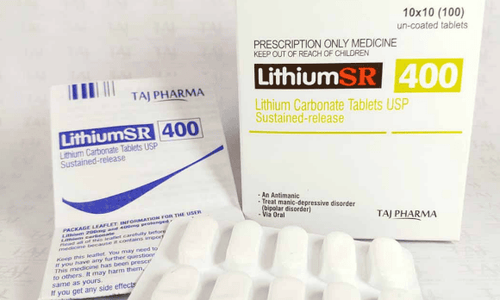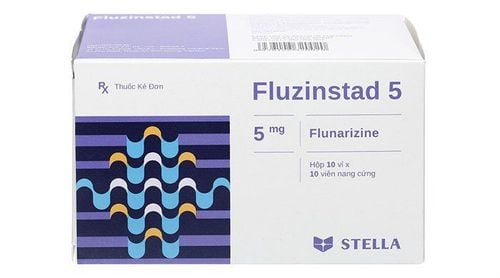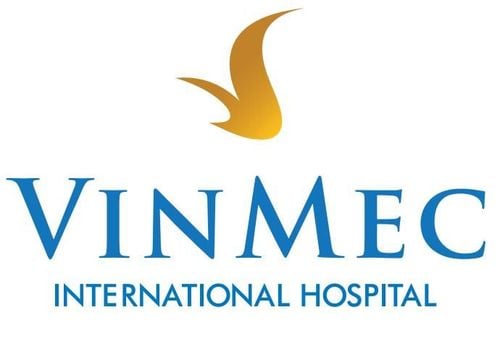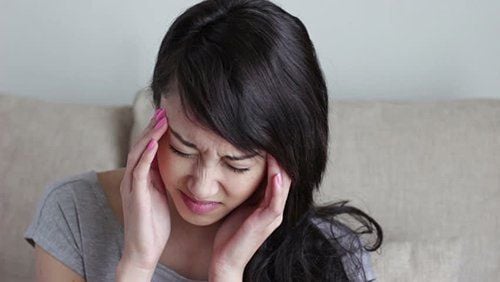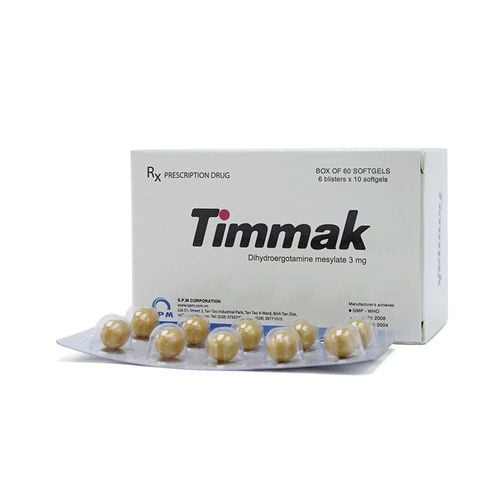This is an automatically translated article.
Currently, the need for the use of non-invasive devices in the treatment of migraine is being widely accepted, to limit the use of drugs that can cause some side effects for patients.
1. Limitations in the use of drugs for migraine treatment
Currently, there are many medications that help relieve migraine symptoms. Although migraine medications are quite effective, they can make you feel tired, dizzy, and drowsy. Some drugs can cause birth defects in an unborn baby, so pregnant women cannot use them.
Many people with frequent or severe migraines can take preventive medications, including beta-blockers (such as Propranolol). This drug works to slow the heart rate and is used mainly to treat cardiovascular diseases. However, beta-blockers are not recommended for migraine patients who have asthma and certain lung problems.
In addition, some antiepileptic drugs, such as Divalproex sodium and Topiramate... are also prescribed to treat migraines. These medications, when used regularly, can reduce the frequency of migraine attacks, but they rarely completely eliminate them.
Studies have also shown that the abuse of over-the-counter pain relievers such as: Acetaminophen, Aspirin, pain relievers, non-steroidal anti-inflammatory drugs (NSAIDs), Triptans, Opioids, and Ergotamine within 10 days or more a month can cause a headache from drug abuse.
If you want to know "migraine what to do?" It's best to talk to your doctor to determine the cause of your headache, so that you can have the most appropriate treatment.
2. What are some ways to treat migraines?
Migraines are characterized by severe pain or sharp pain in one area of the head, accompanied by symptoms such as: Nausea, vomiting, sensitivity to sound or light. Migraines can last from 4 to 72 hours if not treated promptly.
According to the US National Institutes of Health (NIH), approximately 37 million Americans suffer from migraines. Depressive migraines tend to affect more children, adults, and women.
Research also shows that adults who do not tolerate migraine medications well can relieve pain using transcranial magnetic stimulators and nerve stimulators Cefaly's skin triplets. These devices have been proven to be effective, with few risks and side effects for patients.

Những loại thuốc trị đau nửa đầu khá hiệu quả nhưng chúng có thể khiến bạn cảm thấy mệt mỏi, chóng mặt và buồn ngủ
3. Migraine treatment devices
Cerena Transcranial Magnetic Stimulator: This device is used when the patient feels a headache. You just need to use both hands to apply the machine to the back of the head, then press the button to emit a magnetic field pulse, stimulate the occipital cortex of the brain, from which, the headache symptoms will be reduced. Cefaly treatment device: This method is used when the patient begins to experience pain. You can take Cefalt daily and it has been shown to reduce the frequency of pain. The above 2 migraine treatment devices may have some side effects such as: Skin irritation, drowsiness, discomfort, dizziness and pain at the device application site. However, these side effects are rare and are easily resolved quickly.
4. Advice for Migraine Patients
For people with migraine headaches, it is best to consult a doctor about their health conditions and current medications to assess their effectiveness and safety.
In summary, migraines are often difficult to diagnose and treat in a timely manner. However, to protect health and prevent complications, when detecting symptoms of memory loss, patients need to go to the hospital to be examined by a neurologist.
Currently, Vinmec International General Hospital is one of the most prestigious medical treatment units for neurological diseases in Vietnam. The Department of Neurology at Vinmec has the function of examining, diagnosing, consulting and treating diseases related to neurological factors, including headaches, vestibular syndrome, cerebellar syndrome, dementia The typical method of the department is to use intravenous and arterial fibrinolytic drugs for stroke cases, along with the combination with paraclinical means such as electroencephalography, electromyography. ST Scan, MRI,...
Neurological examination at Vinmec, customers will receive:
A team of experts with professional qualifications from Master to Professor, Doctor who are highly trained in the country & Foreign countries, such as: Doctor Nguyen Thi Minh Phuong, Doctor Bui Ngoc Phuong Hoa, Doctor Vu Duy Dung ... State-of-the-art equipment, comparable to major hospitals in the world: The most modern operating room in the world. world ; The most modern silent magnetic resonance imaging machine in Southeast Asia; The 16-sequence PET/CT and SPECT/CT systems help in early detection of neurological damage even when there are no symptoms of the disease. Apply the most advanced intensive treatment techniques in the world in treatment.
Please dial HOTLINE for more information or register for an appointment HERE. Download MyVinmec app to make appointments faster and to manage your bookings easily.
Reference source: Fda.gov



